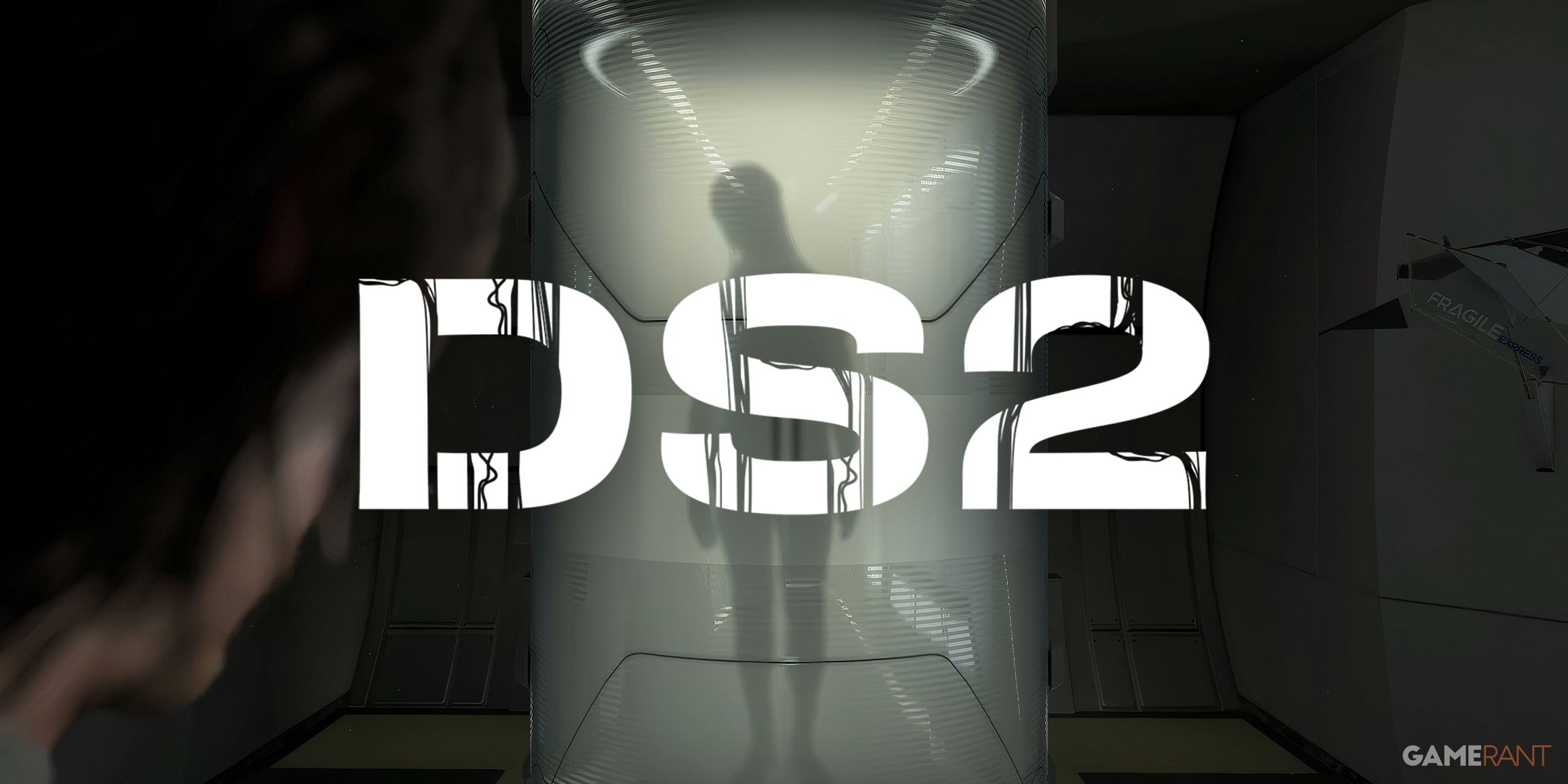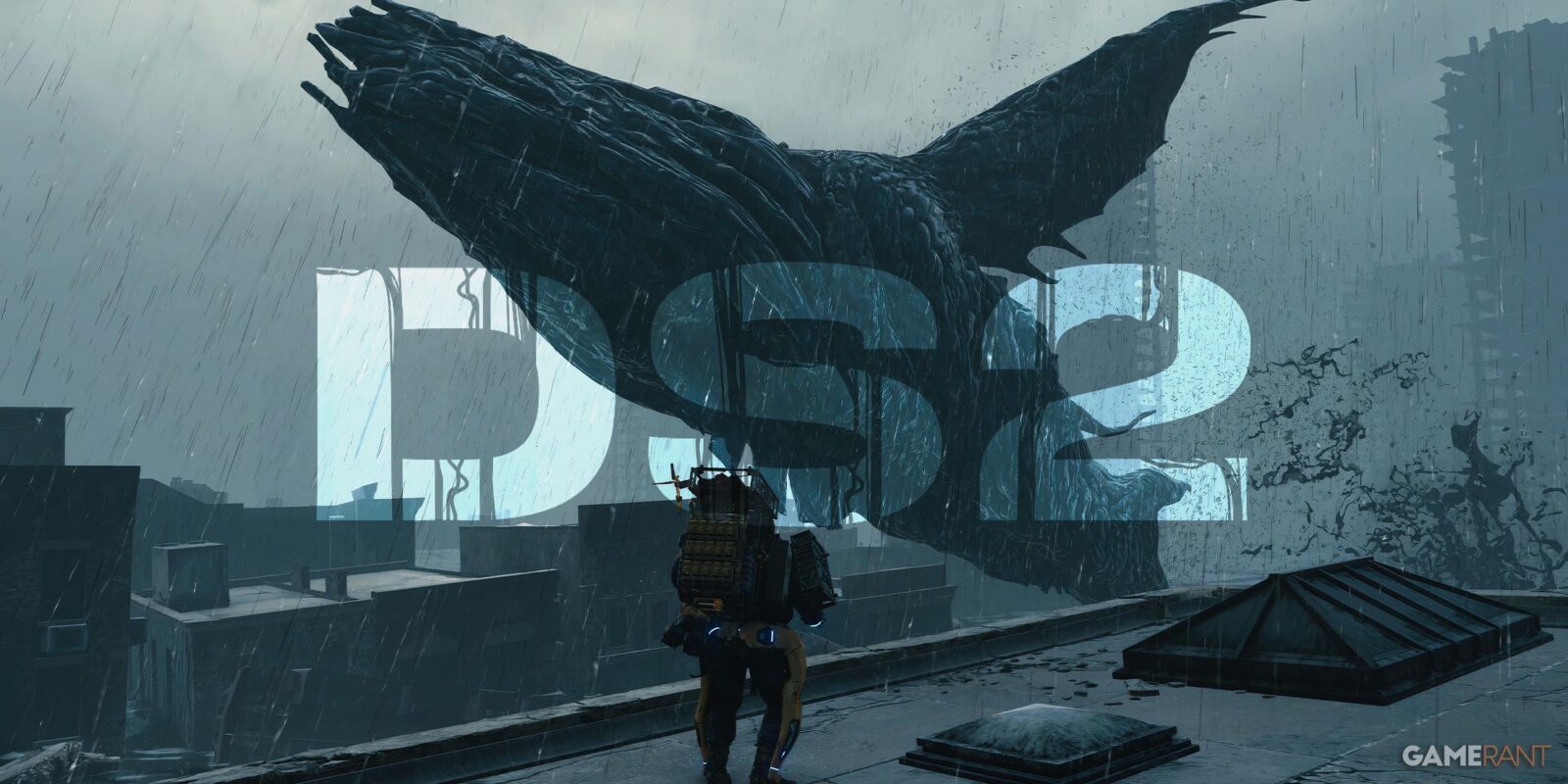Summary
- Death Stranding 2 continues the unique and unconventional approach of its predecessor.
- The tar belt puzzle in Death Stranding required intentional protagonist death to progress.
- Reprising the tar belt puzzle in Death Stranding 2 would fit the game’s theme of death and rebirth.
Kojima Productions’ Death Stranding was not only one of the most distinctive titles of 2019, but it is also undoubtedly one of the strangest and most unconventional video games ever made. Hideo Kojima is known for his unique ideas, but Death Stranding certainly takes the cake as one of his best in that area. Now, Death Stranding 2: On the Beach is headed this way, with the intent to capitalize on the first game’s uniqueness, all while offering some new features on top of the continued story.
Based on what has been revealed so far, Death Stranding 2: On the Beach will be building on the groundwork laid by its predecessor with a familiar yet fresh approach to that formula. However new Death Stranding 2 may end up feeling, though, it would arguably feel incomplete without its own version of one of the first game’s most memorable moments — the tar belt puzzle. This particular sequence is widely known for its brilliant and unexpected design, despite also having an infamous reputation for being one of the first game’s most frustrating moments due to a lack of clear guidance.

Related
Death Stranding 2 Has a Clear Path to Another Great PT Easter Egg
After the first Death Stranding’s inclusion of a fun easter egg from Kojima’s P.T., it would only make sense for Death Stranding 2 to do the same.
Death Stranding 2 Should Reprise DS1’s Tar Belt Puzzle
The Tar Belt Puzzle Had Sam Intentionally Die to Go to the Beach
Death Stranding‘s tar belt puzzle is one of the game’s most mind-blowing moments, as it requires players to intentionally die in order to progress. When Sam approaches an impassable tar-covered landscape filled with ruins and debris in the game, unknowing players are left wondering what to do next, especially given the moment’s lack of handholding. The only way forward, then, is for Sam to deliberately allow himself to drown in the tar, thereby killing him in the process. While games almost always encourage players to avoid dying at all costs, Death Stranding‘s tar belt puzzle makes death the solution.
Death Stranding isn’t the first title to require the death of the protagonist before things can progress, as many other games put unbeatable foes in players’ path to force a game over — like God of War Ragnarok‘s Thor fight. However, what makes Death Stranding‘s tar belt puzzle different is how it is used to reinforce the game’s themes of death and rebirth, along with tying players directly to the Beach, which had mostly been relegated to cutscenes and post-death sequences up to this point in the story.
Kojima is known for these “Aha!” moments in his games, with the Psycho Mantis fight in Metal Gear Solid being a great example of this.
A Reprisal of the Tar Belt Puzzle in Death Stranding 2 Would Fit the Game’s Theme
While the tar belt puzzle in Death Stranding has mostly received praise for its intuitive design, its presence in the game was also somewhat of a disappointment. The concept of death being the solution to overcome the problem was only used here in Death Stranding, meaning it was arguably underutilized and could have been used in other ways. This is ultimately where Death Stranding 2 comes in, as even its subtitle, “On the Beach,” suggests an even greater emphasis on the themes of death and rebirth introduced in Death Stranding.
Death Stranding 2: On the Beach‘s title being what it is, it would make sense for the sequel to reprise the tar belt puzzle from the first game. Perhaps players will need to regularly access the Beach for whatever reason, and the only way to get there will be to intentionally allow Sam to die. It could creatively accomplish this by including its own version of the tar belt puzzle, though using the mechanic too much could be seen as overkill and effectively steal from the beauty of its design.














Leave a Reply